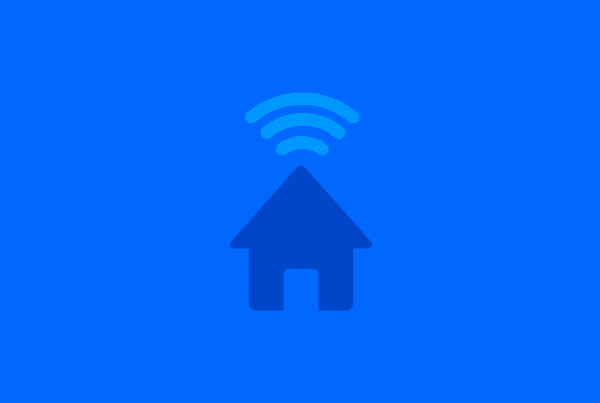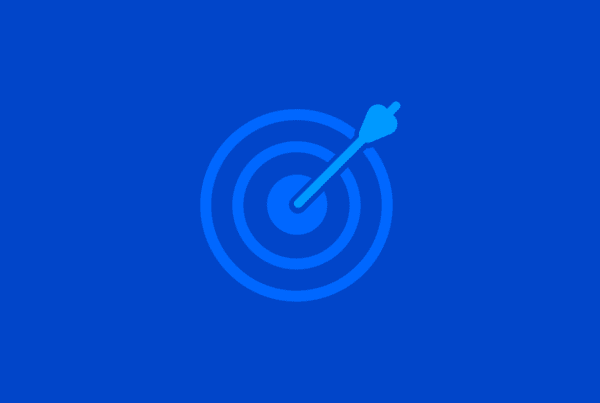
If you’re not using hashtags, you’re ignoring a key strategy to growing your social following.
Although hashtags have been utilized for years by social media users famously looking for more likes on their pictures (#selfiesaturday, anyone?), they continue to prove useful to brands looking to expand their reach and follower count.
As a hashtag beginner, you might have questions such as, How do I use a hashtag? or Where do I put them? Take a breath and don’t worry; you’ll learn the basics of how to use hashtags as you develop your own strategy. The good news is, you don’t have to be a social media expert to start using hashtags; anyone can easily incorporate them into posts. However, a successful hashtag strategy will require some extra planning and intuition to grow your impact on social media. Although you may not have the answers right now, learning the how, what, when, and where of hashtags will help you to be well-prepared for your new social media venture.
What are hashtags?
A hashtag is a word or phrase preceded by a hash sign that identifies a certain topic. While this may sound nice and easy, using a hashtag for social media marketing is a bit more complicated than the definition (sigh). Although the world of hashtags may be a complicated one, with a bit of research it can also be very beneficial.
Hashtags are a tactic to reach more users, therefore gaining your post and possibly your account, more views. There’s also more than just one classification of hashtags: trending, branded, and niche hashtags are just a few examples (we’d need another few paragraphs to list them all). Each of these hashtags presents a benefit to your post and can be used in different ways to increase the number of users that view your content.
Trending hashtags, for example, are hashtags that many people on social media are currently using, typically as part of a popular conversation. To start a conversation around your brand or find user-generated content (UGC), you can create a branded hashtag (for example, Lululemon uses #thesweatife). A niche hashtag is specific to your specialty and has fewer posts to compete with, increasing the likelihood that your target audience will find your post.
As mentioned, this list only scratches the surface of the types of hashtags that exist out there, but these few are enough to get you going. Do your research as to what hashtags are suggested for your industry and try them out to see if they bring any success. To reach multiple audiences, use a mix of hashtags on posts and pay attention to which ones work best for your brand.
Related: 8 Ways to Grow Your Audience to a Million Followers
When do you use hashtags?
One of the greatest things about hashtags is that they work at any time of the day, month, and year. But how successful your hashtag is may depend on the timing of your post and the hashtag’s popularity. As discussed above, trending hashtags are important to use, but there’s one catch to getting the most out of them: the right timing.
Many brands serve as good examples of how to use a trending hashtag to gain exposure, such as Wendy’s. This brand is consistently relevant by staying in the conversation through the use of hashtags. While you don’t have to be a nationally-known brand to reap the benefits of a trending hashtag, you will need the intuition to know the right timing to enter the conversation (hint: it’s not three months later).
When posting hashtags at any time, trending or not, remember to be strategic about which ones you use. Timing can affect hashtags that aren’t popular, as well. Pay attention to how a hashtag has aged, such as if current events have made it irrelevant, or if it’s just simply lost popularity. Overall, listen to your gut and let intuition be your guide when deciding whether or not it’s an appropriate time for your intended hashtags.
Related: 7 Tips To Achieve Quick Results Through Content Marketing In 2020
Where do you use hashtags?
Similar to the benefit of posting a hashtag anytime, you can also use them anywhere. A hashtag can be added to captions, comments, and stories on most social media platforms (Instagram, Twitter, Facebook, etc.). The fun part is, there’s plenty of creative ways to place hashtags and mix it up on your content.
Although the “standard” way to use a hashtag may be at the tail end of the caption, they can be placed anywhere in the caption. Try inserting one into a sentence to replace a regular word, for example, “had so much fun styling the #bride for today’s #wedding”, makes hashtags a part of the caption to avoid a cluttered look, and still just as effective. A bonus benefit of hashtags: add a few to your bio. Your page will be more easily found by your target audience, and who doesn’t want more followers?
Stories on Instagram and Facebook are a great place to use hashtags, as well. Similar to posts, when a user searches a hashtag the relevant stories that contain it will pop up on the explore page. A fun trick to increase reach with stories but also maintain a clean look is to hide hashtags. To do this, type a hashtag using the text option, then select a sticker to place over it. Boom! You’ve got beautiful story content that is instantly more searchable.
Related: How to Get Your Brand on Instagram’s Explore Page
Things to remember.
If you’re feeling ready to log into Instagram right now and start adding hashtags to your content, there are a few reminders to go over before you begin typing away. While hashtags are a great feature, you’ll want to be sure not to oversure them or overload posts. Instagram allows for up to 30 hashtags to be used on a post. Social media experts advise to use five to 10 relevant hashtags on posts or stories to avoid overwhelming users with so many that they scroll past your content.
To continue using hashtags successfully in the future (which is the goal), invest some time into analytics. Most social media management services will include the ability to track the effectiveness of hashtags and have free plans or trials so that you can find the right service for you. By tracking hashtags, you’ll be able to move forward with the most successful ones and continue expanding your brand’s impact on social media.
Last, have fun with it! Experiment with different types of hashtags and join in on conversations to introduce your brand to other users. Don’t be afraid to branch out and use them on your stories or comments- this can only benefit you and provide new ways for users to discover your content.
Related: 10 Tools for Social Media Managers in 2020
Now you’re ready to use some hashtags. As you begin your new venture, remember: it may take some time to see the true benefit hashtags can bring to your social media marketing strategy, since it takes a few posts to determine which hashtags have a true impact. However, using hashtags consistently will be a great asset for staying relevant in the latest digital conversations, and growing your following.
Alex Sixt is a creative professional specializing in content creation with a passion for all things marketing. Her professional experience includes developing marketing strategies, focusing on social media and content, for multiple industries. Outside of work, she loves spending time outdoors; all it takes is some time in the sunshine and a good hiking trail to make her happy.




